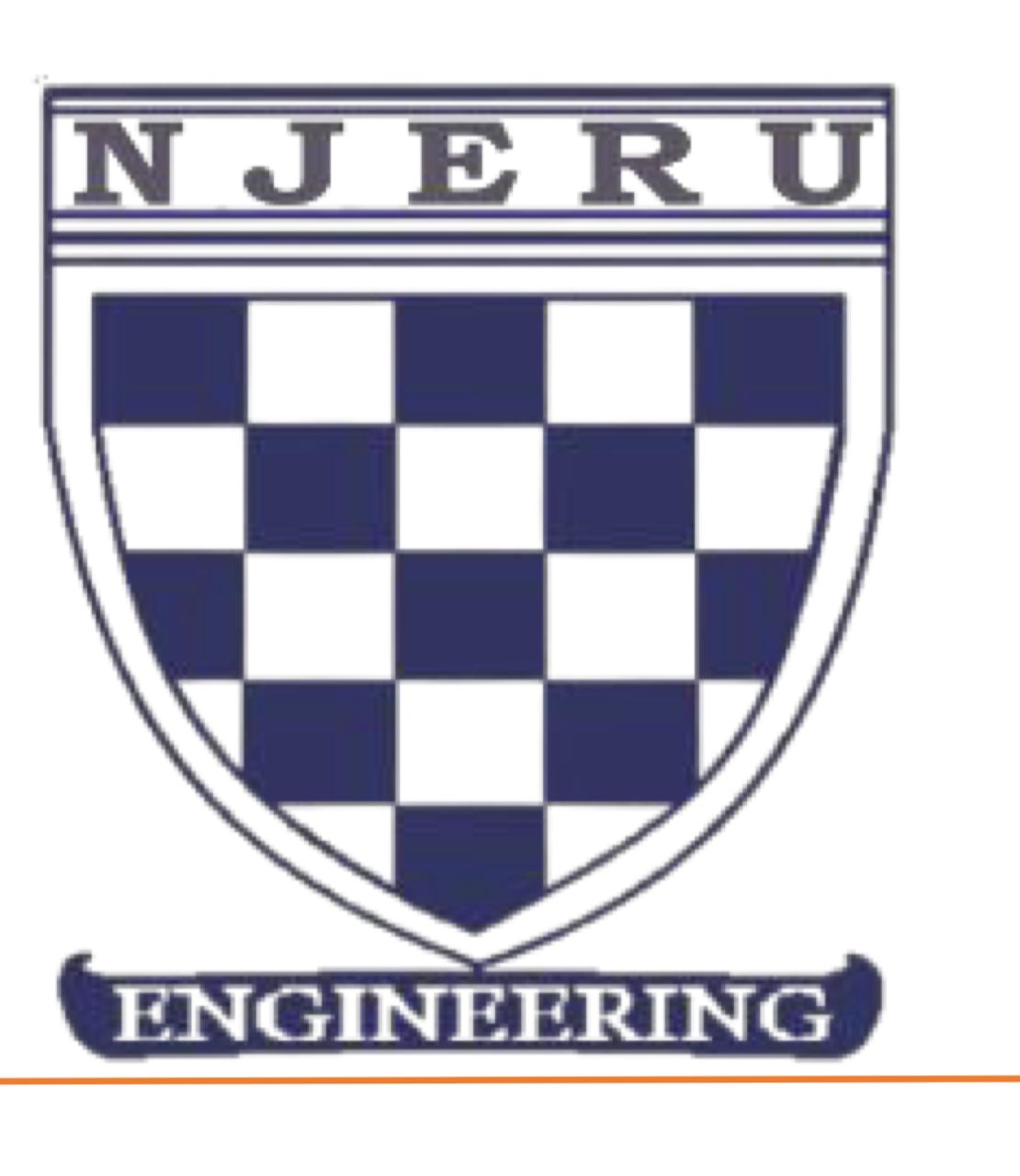Vol: 1 Issue: 1
Actor-Critic Modulation Index Controller for Improved Power Factor of Slip Energy Recovery Drive
Anyin Paul, Akpama James, Ohiero Peter
1. INTRODUCTION
Industrial revolution has birth a new research interest, especially in applications where power electronics are concentrated. Induction motor being the workforce of every motion industry is characterized with series of inventions in it control and drive application [1]. One rugged type of induction motor is wound rotor induction motor which is characterized with high starting torque, low inrush current, and high power lost, hence inapt in applications of high power demand, due to the slip power that is exhausted in the slip rings, which intensify during speed control [2]. The improved wound rotor induction motor scheme is the Slip Energy Recovery Drive (SERD), which is an energy conservative scheme that recoups the slip power that is produced in the slip rings of a wound rotor induction motor and feeds back to the ac mains supply through static converters and 3-phase optional step up transformer [1]. SERD is made up of the dc-link and wound rotor induction motor. The dc-link serving the purpose of the recovery channel and speed control, comprising; rectifiers, inverters and other basic dc-link components. This scheme however is confronted with poor power factor and complex control circuitries, resulting from high inrush current, poor reactive power control, and complicated speed control techniques. This is generally due to poor system dc-link formation [3]. Several researchers have suggested techniques of adjusting the drive speed and monitoring the corresponding performance, such as; an energy efficient variable speed high power factor three phase induction motor drive using PWM system, was designed. This technique was deployed to obtain independent control of speed and power factor of the three hase induction motor, using four semiconductor controllable switches. The technique although was complicated, but was realized using ac freewheeling switches. Result showed that, speed control and power factor of induction motor depend not only on the load parameters, but also on the complex engagement of the inverter in controlling the drive speed and modulating the inverter output. As such, resulting in more inrush current and increased stator copper losses. Increased stator copper losses of induction motor causes reduction in power factor and efficiency [4]. A simple SERD was introduced with an improvement in drive efficiency, using the inverter to control the drive speed, but there was no distinctive effect on the inverter parameters on the drive speed performance [5] [6]. Similarly, the transformer ratio controlled slip power recovery scheme was introduced. The aim was to get better overall harmonics distortion with speed control of the rotor through changing the turn’s ratio of the transformer. The power factor was not presented and control circuit was complicated [7]. Also, performance analysis of slip power recovery scheme was presented, employing two inverter topologies. Although there was an overall improvement in the drive performance, but there was no evidence of the speed performance [8]. An energy efficient variable speed high power factor SERD using combined PWM and extinction angle control system, was designed, this involved a GTO-thyristor as a dc-link chopper, which functioned as a speed and inrush current controller. The power factor and the drive performance was improved [9].
However, recent innovations using dc-link configurations consist of a boost chopper inverter, which is often used for the drive speed control, especially in systems where the inverting converters are basically used for modulating and controlling the ac output of the dc-link [9]. Thus, following the trend of dc-link chopper control technique, an investigation of its modulation index behavior and effect on the precise drive overall performance prediction is very necessary. Thus, this system uses a simple SERD with a robust dc-link configuration, and an IGBT as a switch and the dc-link boost chopper fired with actor critic reinforcement learning algorithm. The IGBT is preferably used over the GTO-thyristor because of the advantage of it switching frequency [2]. All standard paper components have been specified for three reasons: (1) ease of use when formatting individual papers, (2) automatic compliance to electronic requirements that facilitate the concurrent or later production of electronic products, and (3) conformity of style throughout a ICEST template. Margins, column widths, line spacing, and type styles are built-in; examples of the type styles are provided throughout this document and are identified in italic type, within parentheses, following the example. Some components, such as multi-leveled equations, graphics, and tables are not prescribed, although the various table text styles are provided. The formatter will need to create these components, incorporating the applicable criteria that follow.


